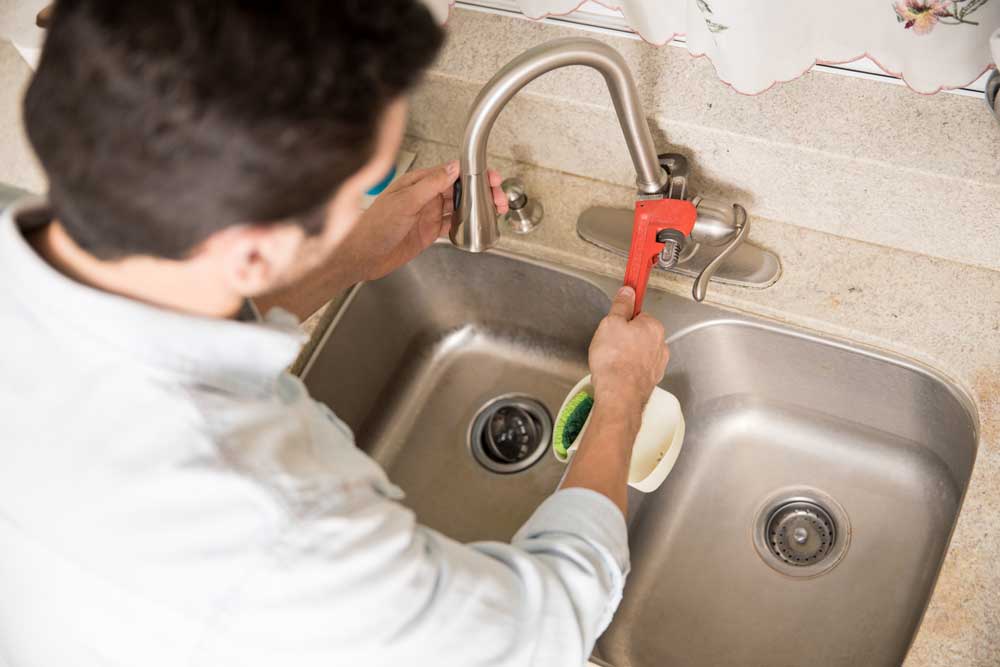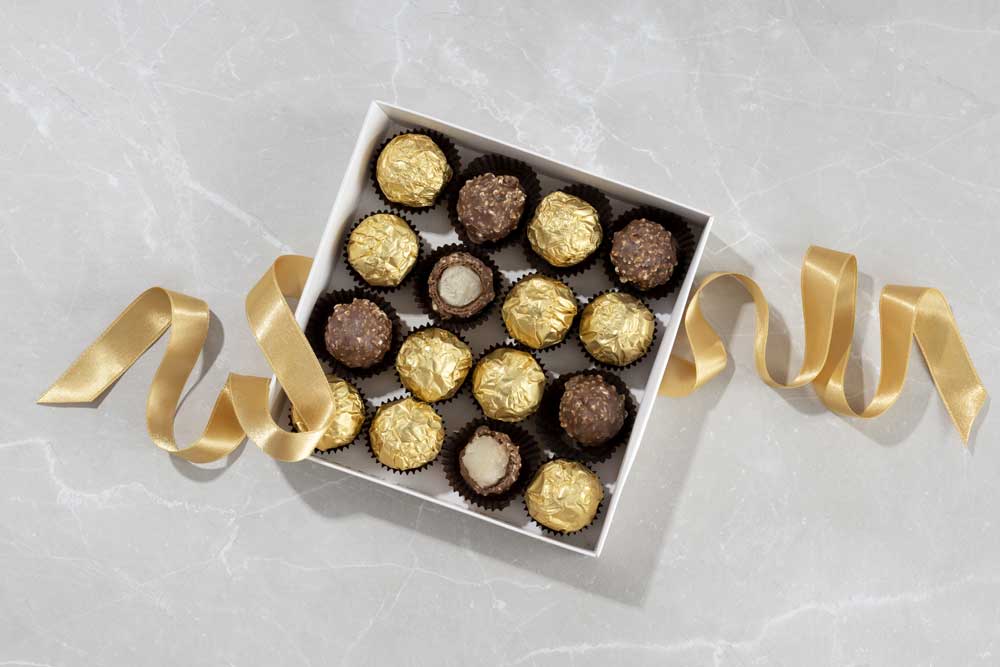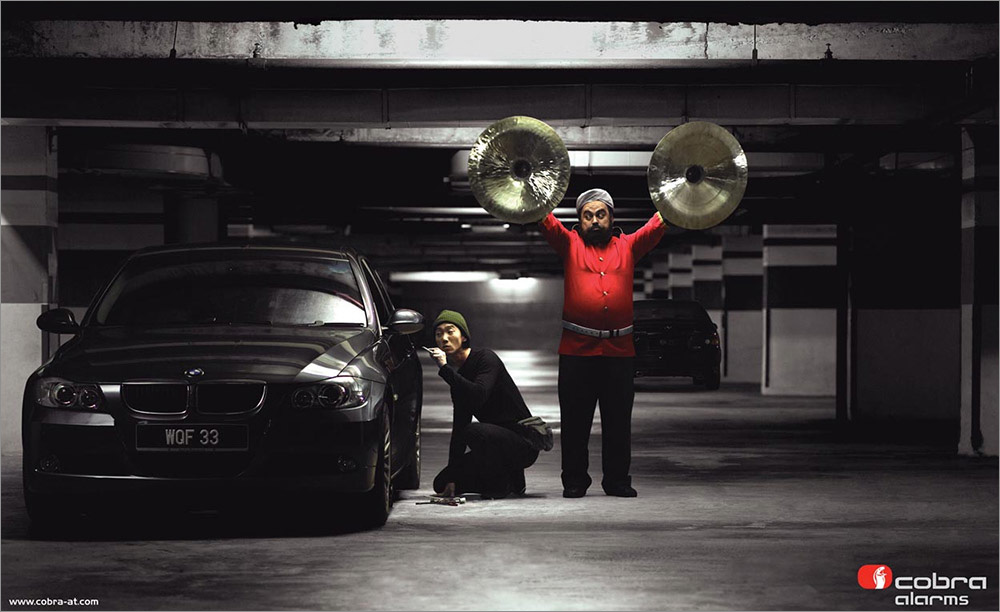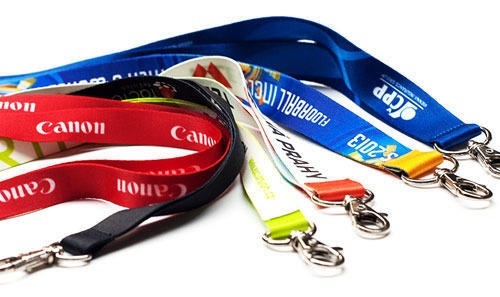Lanyards are used in almost every domain but many of us aren’t familiar with the term. It’s just that many don’t have a clue what

If you are experiencing broken or frozen pipes, sewage backup, clogged sink or drain or malfunctioning of your electrical appliances like washing machine or dish

Every business or app developer wants their newly launched mobile app to stand out from crowed of competitors and get ranked it on the top

When news blogs and headlines are filled with cyber-attack news and hacking cases, it makes many people feel like it is the time to give

Equilibrium refers to the state of rest or in other words; it can be described as a position of no change. Consumer equilibrium refers to the state

Every business issue you face in the U.S. is a business issue you’ll face in Thailand if your plans include making a foray into the

The mobile phone industry continues to grow with the majority of us now in possession of a handset. Though certain brands have ebbed and flowed

Está prohibido beber alcohol, gritar o decir palabras malsonantes en lugares públicos, así como intimar fuera del matrimonio El Mundial de fútbol de Qatar será

Why car alarms important? Many people often ask themselves this question whenever they are buying new cars. If you are buying a new car that does

Since the first set of TV commercials was aired in 2011, OLX has grown to become one of the most popular web portals for trade
